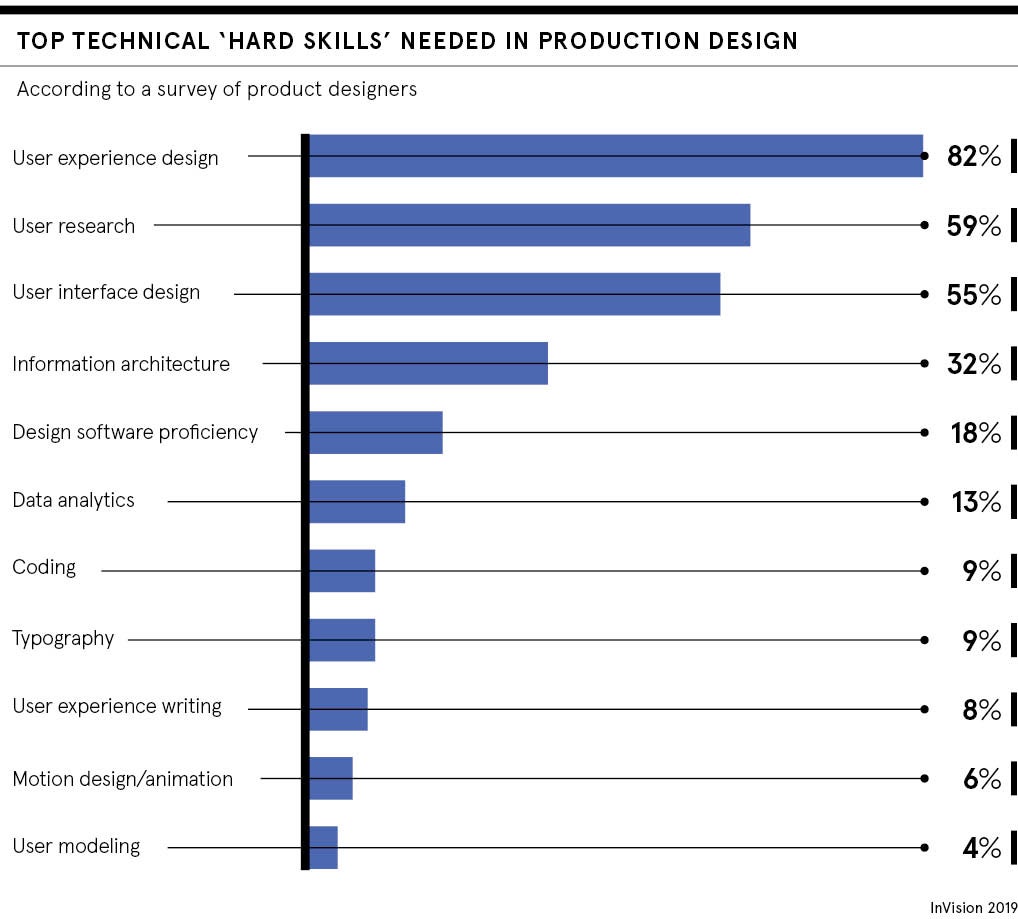Philadelphia soul troupe The Stylistics released their sagacious anthem People Make the World Go Round in 1972. Almost five decades later, entrepreneurs, startup owners and corporate leaders alike are singing a similar tune. They realise the rising torrent of customer data has elevated the need for human-centred design to a business-critical level in the digital age.
Every dollar spent on user experience (UX) returns between $2 and $100, supposedly. A recent Forrester Research report bolsters this vague, oft-quoted statement. The study estimates that a carefully considered, seamless UX design has the potential to increase customer-conversion rates up to 400 per cent. It’s clear people matter more than ever for organisations, large and small.
“Taking a human-centred approach means going a step beyond being user or customer centred,” explains Emilie Colker, managing director of IDEO, a global design firm. “It means continuously studying the person you are influencing or engaging with as a whole, looking beyond what the data shows, and what people say and do, but also at what they think and feel.”
The rewards of embracing human-centred design are manifold, says Ms Colker. “Companies that take this approach, both internally with their team, and externally with their customers and influencers, see benefits on both the top and bottom line,” she says.
Businesses exist to provide value for customers and without the value, there’s no business. Putting people first is a business imperative
“From a revenue and market-share perspective, these companies tend to dominate in their category, due to greater differentiation and stronger brand loyalty. And internally, as pointed out by the Chartered Institute of Personnel and Development last year, their workforces are usually more purpose driven and engaged, and therefore perform better.”
Human building blocks
Lesley Gulliver, managing director of brand consultancy Engine Room and a board director of the Design Business Association, goes further and argues that human-centred design “should be a pillar of every business strategy”.
She says: “It needs to be embedded in your organisational culture. However, it is only one pillar; human-centred design is not going to solve all problems and therefore must be used as a key element in a wider strategic approach.”
Indeed, if human-centred design is a central pillar for a successful business, the building blocks are chiselled from good-quality customer data, the gathering of which is now crucial to propel a product or service from concept to launch, and beyond.
Monzo, founded in 2015, is a prime example of how startups can disrupt markets, improve brand experience and catalyse transformational innovations through customer data. The challenger bank’s extensive market research made clear that chequebooks, branches and call centres are no longer necessary in the smartphone era. Monzo’s app has obliterated the traditional banking mould.
“Monzo offers so much more than a bank weighed down with legacy IT challenges, an inability to innovate and a failure to wrap products around customers’ needs,” says Rebecca Crook, chief growth officer at digital product agency Somo. “The company has the vision to become an intelligence hub for your entire financial life.”
By harvesting customer data and adhering to human-centred design principles, Monzo’s ambition to be the best in the business, lofty to some, may be within reach. “A lot of companies keep their product plans quiet, but Monzo has embraced consumer feedback, publishing its roadmap each quarter and allowing users to vote on both functionality and features,” says Ms Crook. “They are taking designing for the user to the next level.”
Next-level design
Alex Jones, group director of design and innovation agency Fjord, predicts the growing trend for consumer centricity will become more important, but nuanced, in the coming years for organisations seeking to future-proof themselves. He says: “For 2020 and beyond, we will witness ‘human-centred’ design shift to something bigger: a ‘life-centred’ approach that benefits the collective, not just the individual.
“Businesses will need to look at what’s in it for the consumer as well as their collective cause across the political spectrum, such as sustainable living or taking sides in a trade war. Increasingly, they must align with wider attitudes if they’re to appeal to the next generation of consumers.”
Dr Noorzaman Rashid, chief executive of the Chartered Institute of Ergonomics and Human Factors, believes human-centred design will become even more essential in a decade or two. “In the next ten to twenty years, as neural systems and technologies are advancing exponentially, autonomous cars and aeroplanes, for instance, will become a reality,” he says.
“The challenge for designers is taking into consideration how humans will behave and interact with these vehicles and the robots that are being designed to provide company to the increasing house-bound ageing population.”
Deeper insights
Dr Rashid adds that anthropomorphism – the attribution of human traits, emotions or intentions to non-human entities – is a subject designers will need to study more. He also encourages greater collaboration and inclusivity, so designers, developers and UX researchers don’t suffer false-consensus bias, whereby they assume others share their beliefs and behaviours.
Customer data, though, must continue to drive innovation, according to Loredana Crisan, director of product design at Facebook Messenger. “Businesses exist to provide value for customers and without the value, there’s no business,” she says. “Putting people first isn’t a high-ground moral choice, it’s a business imperative since it’s practically impossible to reverse-engineer new value for people when starting with anything other than a human insight.”
Offering a final spur to creativity, Ms Crisan adds: “Today, most services solving obvious people needs have been commoditised. A business must ground its product in deeper insights about people’s lives – the context and barriers someone might face when trying to accomplish a goal – to offer new value.”
The Stylistics were right: people do make the world go round.
Businesses exist to provide value for customers and without the value, there’s no business. Putting people first is a business imperative
Human building blocks

